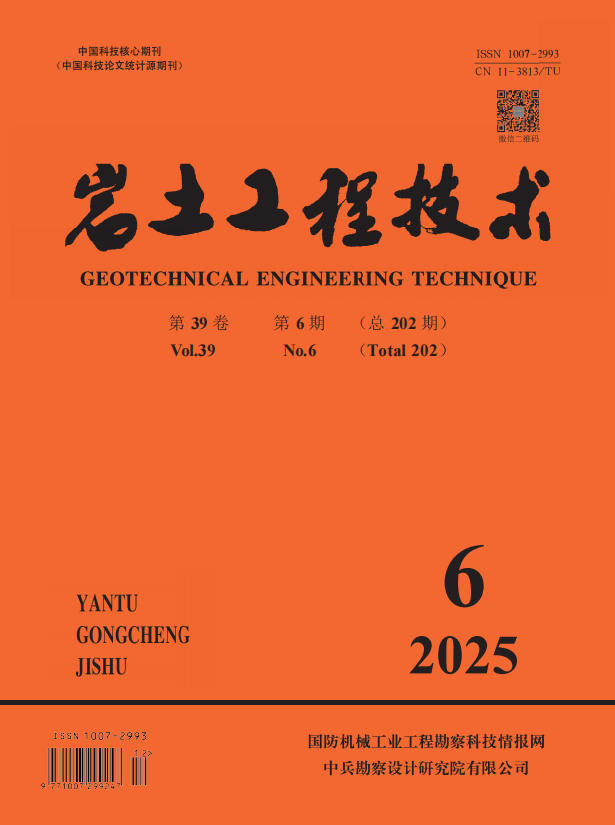2005 Vol. 19, No. 5
Display Method:
2005, 19(5): 217-219,240.
Abstract:
2005, 19(5): 220-224.
Abstract:
2005, 19(5): 225-226,232.
Abstract:
2005, 19(5): 227-232.
Abstract:
2005, 19(5): 233-236.
Abstract:
2005, 19(5): 237-240.
Abstract:
2005, 19(5): 241-244.
Abstract:
2005, 19(5): 245-248.
Abstract:
2005, 19(5): 249-253.
Abstract:
2005, 19(5): 254-257.
Abstract:
2005, 19(5): 258-261.
Abstract:
2005, 19(5): 262-263,267.
Abstract:
2005, 19(5): 264-267.
Abstract:
2005, 19(5): 268-271.
Abstract:



